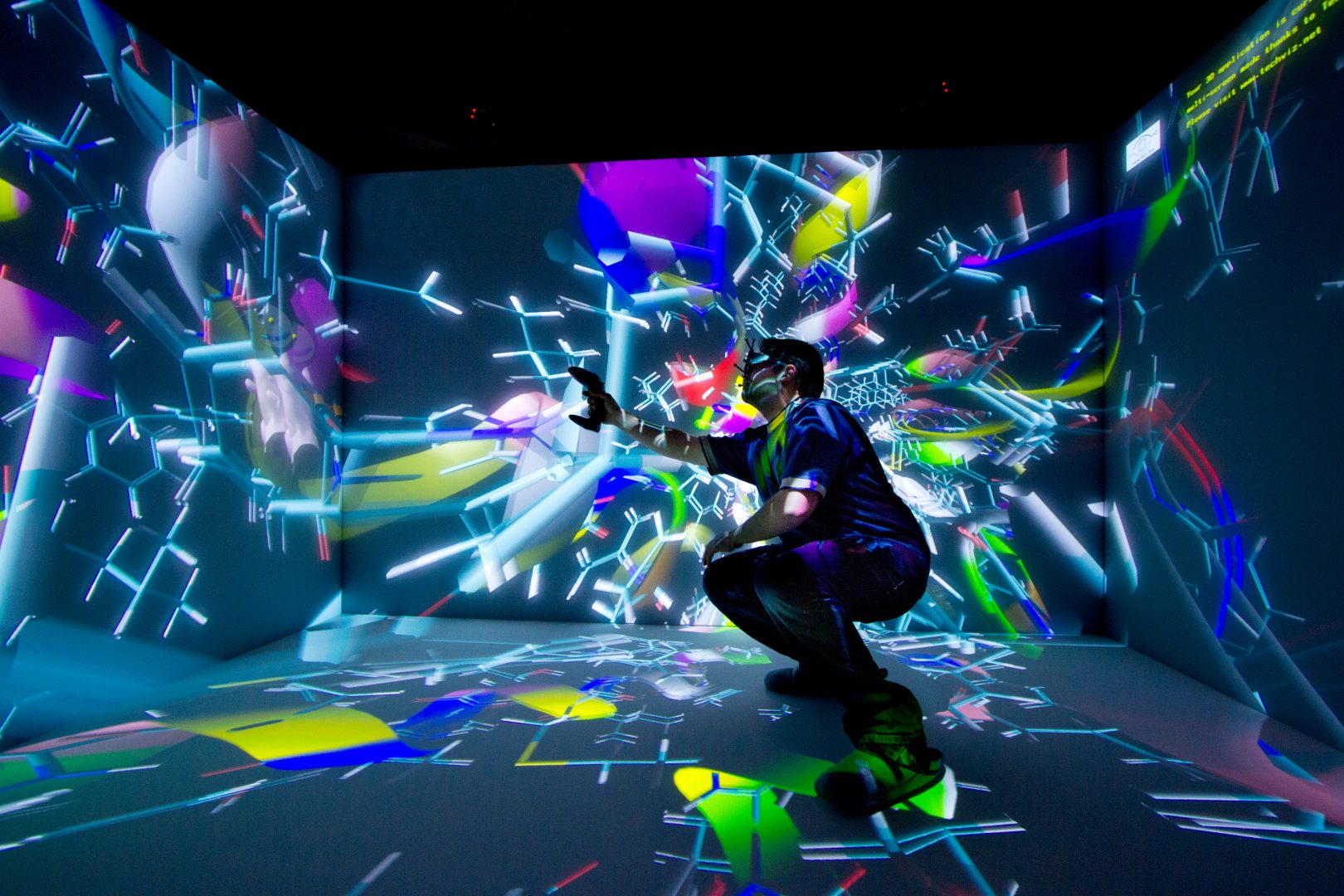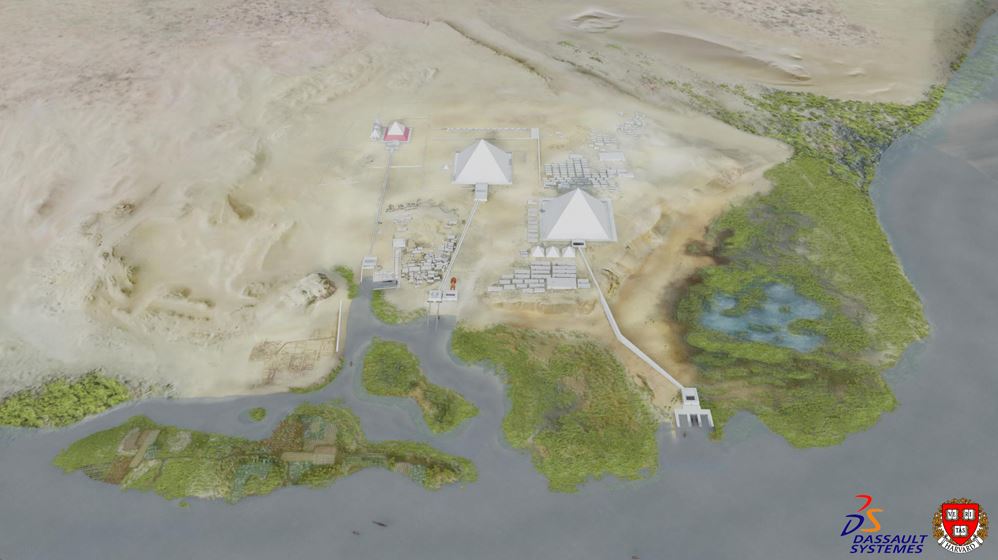Who uses virtual reality for research?
More and more people are becoming familiar with the term ‘virtual reality’, but it’s most commonly associated with recreational activities like gaming and simulations. A study from Juniper Research suggests revenues from virtual reality-specific games will reach £6.4 billion ($8.2 billion) by 2023. But a second glance at the world of virtual reality will show how its applications are far-reaching, finding a place in the defence, education, healthcare, entertainment, fashion, business, media, construction, programming, and a thousand other industries. Its place within these sectors often stems from its broad applications of VR in research. According to Google Scholar, the total sum of papers referring to ‘virtual reality’ from the past decade is approximately 200,000. This includes research into VR technologies, as well as its integration into the research design of various studies.Examples of VR in research
It would be hard to detail every use VR has in research considering its vast applications across industries. However, there are many studies that highlight the potential applications of virtual reality in project research.1. The Giza Project
From 1904 to 1947, Harvard and Boston’s Museum of Fine Arts (MFA) conducted archaeological excavations on the Giza Plateau in Egypt. Since 2000, modern scientists have been digitising this project, building a 3D virtual reconstruction of the Giza Plateau as it may have looked around 2500 BCE. In this study, VR produced a modern and easily understandable way to present the findings of the research increasing the accessibility to non-academics and museum visitors who can view the virtual recreations.2. Using clinical simulation to study how to improve quality and safety in healthcare
Simulation is a VR tool that is becoming more common in healthcare to research the outcomes of certain processes and behaviours and to guide improvements to the quality of care and safety. For example, one study analysed “nursing students’ decision-making in teams during simulations of acute patient deterioration”. VR widens the scope of research, enabling medical researchers to learn more about the profession and improve healthcare policies.3. VR in Product development research
Introducing new products to the market comes with a lot of risk to the company. If the product isn’t right and doesn’t meet the needs and desires of their customer base, they risk losing money, ruining their reputation, and disappointing shareholders. Companies need defensible research to guide strong product creation, to identify optimal pricing, and to tailor their products to their customers. Some auto manufacturers are using Virtual Reality to research new product concepts and identify what customers like and dislike about potential products. Jeremy Bailenson, the founding director of Stanford’s Virtual Human Interaction Lab, found experiencing something using VR technology is more powerful than hearing or reading about it. This means customers can give more accurate feedback about the cars they experience in virtual reality, helping manufacturers make better-informed decisions about their new products. Virtual Reality also provides a cheaper way of conducting research, as opposed to building physical prototypes, and virtual experiences are easily adjustable to continue further research.4. Virtual reality geographical information systems (VRGIS)
VRGIS has become a niche tool for research in areas including urban planning, archaeology, environment, education, ecology, data visualisation, and the military. Researchers use it for visualisation, modelling, and impact assessments with multi-variable data. The models and terrains created through VRGIS offer a new way to analyse collected data and interpret its meaning under a variety of different conditions, making qualitative data more useful. It also provides a visual aid to data interpretation in various situations. This can help better inform decisions using a computer aid that is less susceptible to human error in research and gives research more practical applications.How is VR improving our ability to research effectively?
The above examples only scratch the surface of the way VR is revolutionising research across industries. However, let’s find out some of the excellent improvements that VR brings to the world of research.Ecological validity
In research, the ecological validity of a study means that the methods, materials, and setting of the study must represent the real world that is being examined. However, with some sensitive and dangerous topics, it's hard to study real-world events due to ethical concerns, and it's hard to replicate these events accurately in an artificial environment. For example, in nursing, it’s hard to study the behaviour of nurses as a patient’s health deteriorates because of the lack of control over the situation. You have no control over the age of the patient, their race, gender, the hospital they are in, the time of day, or any other contributing factor. This limits the research you can carry out and how accurate your findings will be. It may also be unethical to study patients when they are under extreme stress this way. Virtual reality offers a way to study real-world situations in a controlled environment while better maintaining the realism of the real-world environment. This means there are more opportunities to produce more valid data, repeatable experiments, and more knowledge on sensitive, serious subjects with amazing real-world applications.Cost and time savings
VR can present huge cost savings, particularly during product research. As accurate models of new products are designed, experienced, and redesigned using Virtual Reality, companies save on the cost of producing multiple physical prototypes to conduct their market research. Renault saves £1.7 million per year by using VR technology to reduce the conception time of their cars by 20%. Land Rover states they saved £3.5 million in five weeks. Lockheed Martin uses VR to test their aerospace, defence, and security designs, saving them around £8 million per year. Also, car manufacturer SEAT used VR to reduce the number of physical prototypes used by 50% and reduce the time taken to produce prototypes by 30%.




















